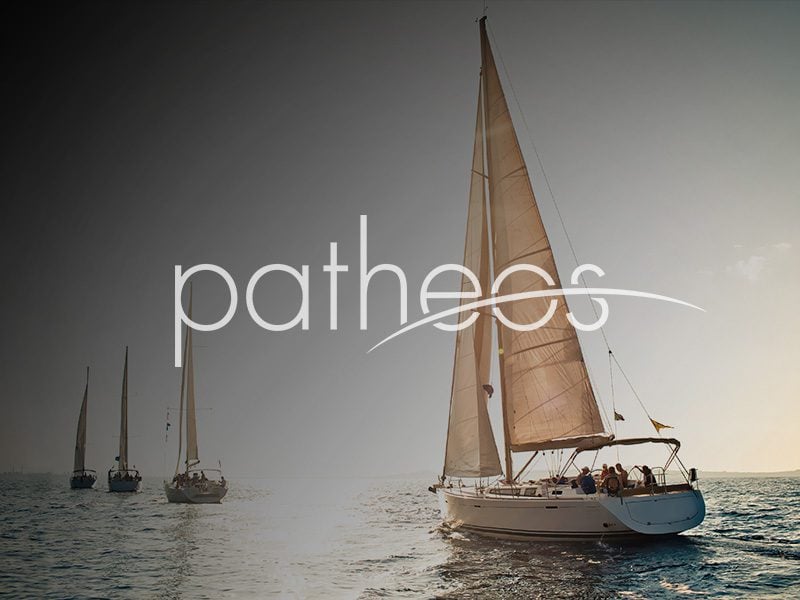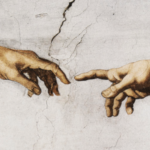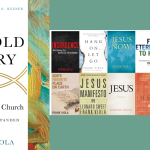In his Systematic Theology: Volume 1: The Triune God , Jenson ponders why Barth’s Trinitarian theology so often seems to collapse into a binity: “the inner-divine community of the Father and the Son is, explicitly [in Barth], ‘two-sided.’” Since the Spirit is the fellowship itself, He is ” not a partner thereof . . . . the Spirit is not a party to this converse [between Father and Son]. And, indeed, it is at the heart of the ‘I-Thou relation,’ as it has been normative in Western thinking to allow no third party.”
This is a problem, as Jenson’s typically deft summary of Hegel’s “Lord and Master” shows: “If you and are to to be free for one another, each of us must be both subject and object in our converse. If I am present in our converse as myself, I am a subject who have you as my object. But if I am not also an object for you as subject, if I in some way or degree evade reciprocal availability to you as one whom you in turn can locate and deal with, I enslave you, no matter with what otherwise good disposition I intend you.”
Jenson wants to know how we escape this dilemma, how the I-Thou doesn’t collapse into an interpersonal form of Foucault’s panopticon, me elusive in my tower watching you as the object of my gaze. He doesn’t think that we can escape this on purely I-Thou grounds: “Most postmodern thought, carrying out Hegel’s insight under the tutelage of horror, has given up such questions except as rhetorical, and supposes that in fact all personal converse is openly or hiddenly a struggle for domination” – open struggle often seen as superior because more honest. Secular postmodernism thus has an uncanny similarity to pneumatically-deprived Trinitarianism.
To break out of Hegel’s dilemma, we need a third. “If you and I are to be free for one another, someone must be our liberator. Thus God has arranged that the mutuality of married love – the inevitably paradigm of I-Thou relatedness – shall be achieved by acts whose term is the child – a paradigm of the intrusive third party – whose free agency or suffered absence is the final bond between the couple. Thus friendship that is too exclusive either withers or becomes destructive. Thus a sheerly bipartite confrontation of economic or social entities is doomed to conflict.”
Further, “If I am to be your object and you mind, so that we may be subjects for each other, there has to be one for whom we are both objects, and whose intention for us is our love for each other. I have no choice but to defend myself against being your object as long as you, with whom I am paired for freedom or bondage, are the other who objectifies me. And you must defend yourself in the same way. But if another, whose intention for you and me is precisely our mutual love, objectifies us by that very intention, we are free to love each other.”
The Spirit is thus the love that binds the Father and Son but He is that ” in that he is antecedently himself. He is another who in his own intention liberates Father and Son to love each other. The Father begets the Son, but it is the Spirit who presents this Son to His Father as an object of the love that begot him, that is, to be actively loved. The Son adores the Father, but it is the Spirit who whose the Father to the Son not merely as ineffable Source but as the available and lovable Father.” Hence Jenson’s formula that the Spirit liberates the Son and Father for one another.
But where can the Spirit “stand” in order to intend the love of Father for Son? He cannot “stand” between Father and Son, as in the Augustinian picture. In that portrait, the Spirit gets absorbed into the binitarian dilemma. Rather, Jenson argues, the Spirit stands at the End “because he is the End of all God’s ways. The Spirit it the Liveliness of the divine life because he is the Power of the divine future.” And He is the love of the divine Love for the same reason, because He intends the mutual Love of Father and Son as the third to whom both Father and Son are objects.











